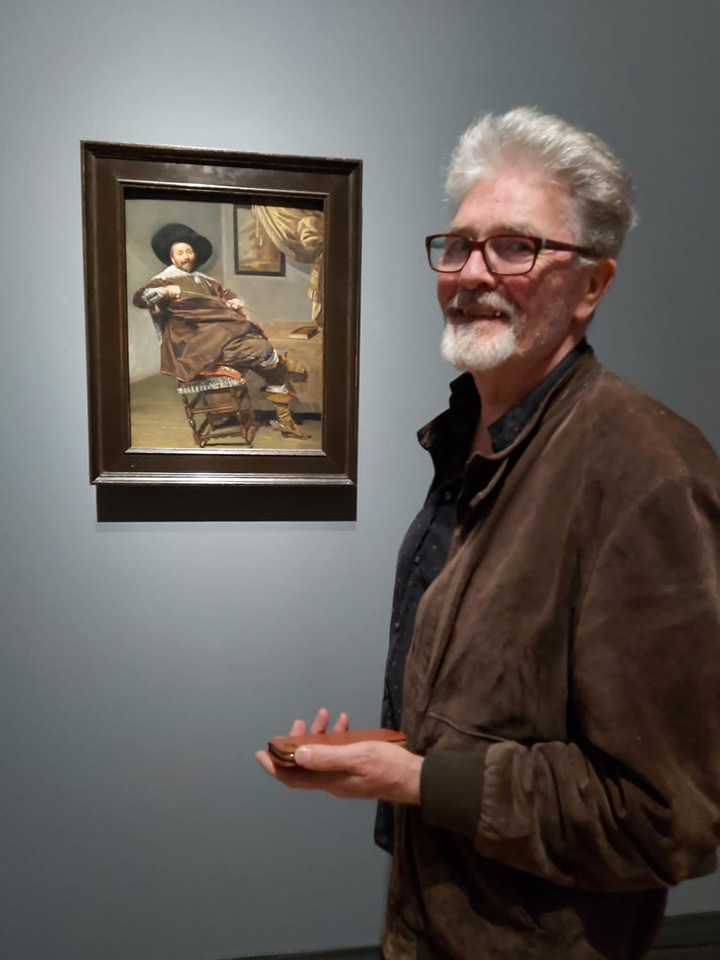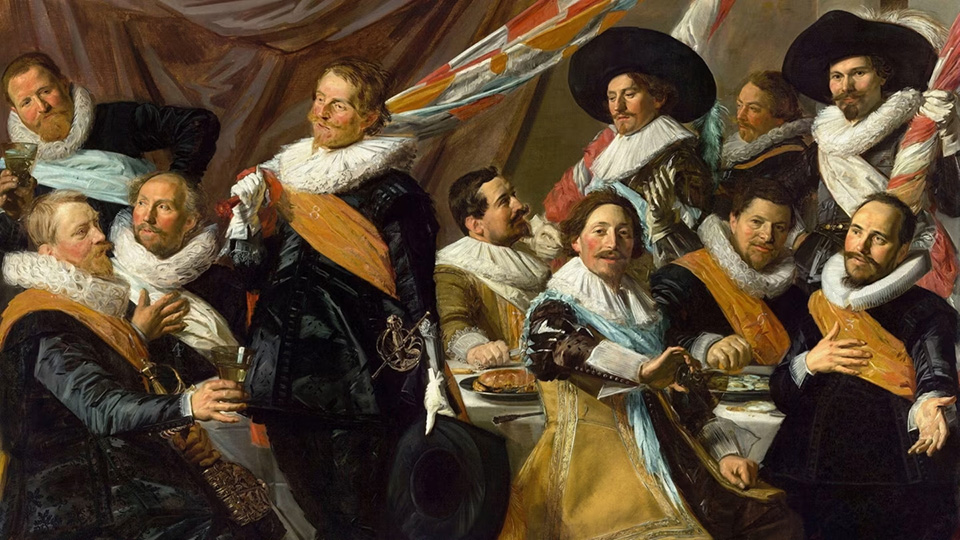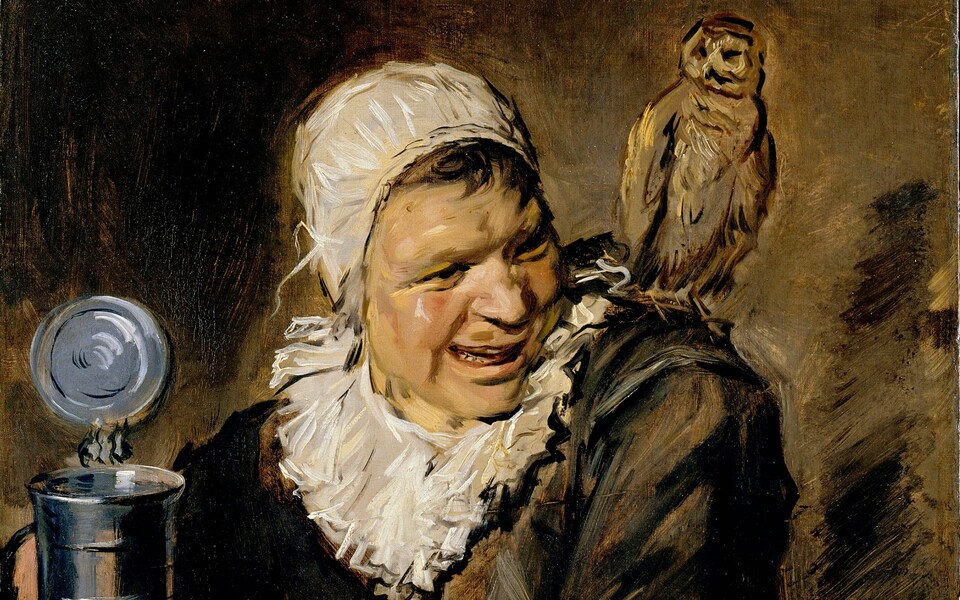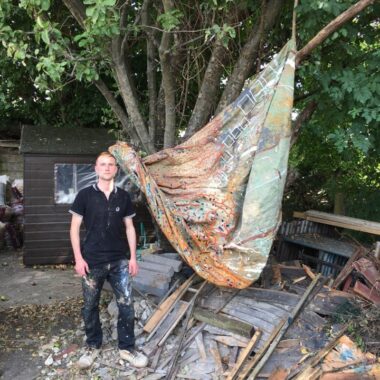Peter Clossick PPLG on The Credit Suisse Exhibition: Frans Hals
Frans Hals 1582/3 – 1666 AD – Haarlem, a prosperous Dutch City

As a painter, working mainly from the figure through alla prima observation, I found my visit to the Frans Hals Exhibition at the National Gallery to be a very salutary experience. Here was a man, bold and unconventional in his day in the sixteenth and seventeenth centuries, before photography was even known about or invented and purely with the tools of his trade, creating the most amazing photographic snapshots exquisitely capturing the moment through paint on canvas and astounding technical skill.
Seeing the work was like watching a magician working his magic on a two-dimensional surface. Capturing, through physical expression the character and personality of his subjects, with red cheeks bon vivant expressions and laughing faces. It is incredibly difficult to capture the moment of someone laughing through painting without making it look like a grimace. Frans Hals’s skill with the brush was superlative. Being a painter I was aware of his underlying working process, from traditional dark to light, breadth to detail, and alternating his colour values between cool and warm temperatures. But it was in the compositions, the narrative story within the pose and the facial expressions which struck me most forcibly. Seizing fleeting expressions with minute detail gives a glimpse into characteristic movement and mood.

Nobody knows where he was trained or who he was taught by. He appeared on the scene fully formed and was immediately taken up by the wealthy bourgeois middle-class market for portraiture. There are no examples of religious iconography, all the paintings are of people from his time. With the historical division of Europe into Catholic and Protestant the Southern Netherlands remained Catholic, luckily for the like of Rubens who then had wealthy patronage within the church. The Northern Provinces rose against their Spanish overlords and the rich merchant towns adhered to the Protestant Faith, where usury was not a derogatory term giving birth to today’s form of Capitalism. With no religious patronage support, the artist had to rely on the buying public and competition was stiff. The artist had to specialise in a genre and become its master, which is exactly what Hals did, carrying his trade to a pitch of perfection.
Little is known about his life except he frequently owed money to his baker and shoe-maker. Hals lived ’till he was over eighty ending his painting career with loose fluid brushmarks and speed of mark-making flirted onto the surface, which would be the envy of any budding Impressionist painter of the late nineteenth century. For this reason, he was rediscovered at that time having previously fallen out of fashion. His works range in scale from minor to major size canvases, with life-size figures grandiloquently displaying the civic guard. He was a painter of style, expression and emotion through secular portraits and his ability to capture childhood expression was beyond compare.
An exhibition that leaves you with a feeling of joy and definitely one not to be missed.
The National Gallery, London, 30th September 2023 – 21st January 2024
Peter Clossick PPLG 2023
photos Corinna Lotz
The Credit Suisse Exhibition: Frans Hals
Until 21 January 2024
The National Gallery, Rooms 1–8
Trafalgar Square, London WC2N 5DN
Open daily 10am–6pm and Friday until 9pm (Closed 24–26 December and 1 January)








